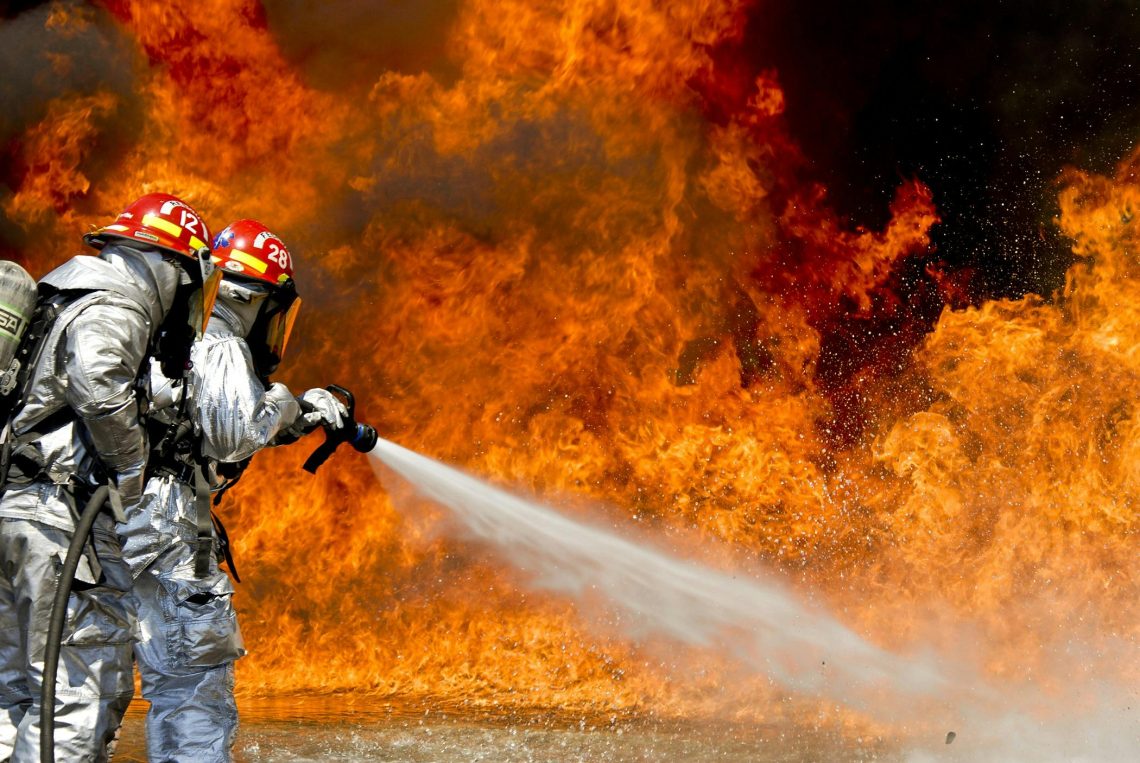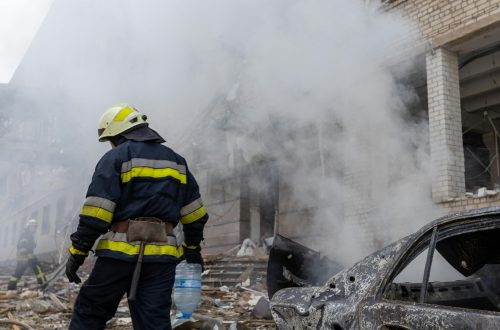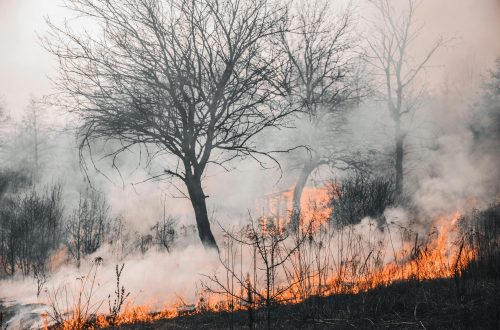
The Most Important Areas of a Home to Protect During Fire Season
As fire season approaches, homeowners must prioritize the protection of their properties to mitigate the risk of damage and ensure the safety of their families. Wildfires can spread rapidly, consuming everything in their path. Understanding the most crucial areas to safeguard can make a significant difference in the event of a fire. Here are the most critical areas of a home to protect during fire season:
Roof
The roof is one of the most vulnerable parts of a home during a wildfire. Embers can easily ignite a flammable roof, leading to a catastrophic fire. Homeowners should ensure their roofs are made of fire-resistant materials such as metal, tile, or asphalt shingles. Regular maintenance is also essential, including cleaning gutters and removing debris like leaves and branches that can catch fire. Installing ember-resistant vents can further prevent embers from entering the attic and igniting the roof from within.
Exterior Walls
Exterior walls should be constructed with fire-resistant materials like stucco, brick, or fiber-cement siding. These Oregon materials are less likely to ignite compared to wood or vinyl siding. Sealing gaps and cracks in the walls is also crucial to prevent embers from entering. Please check and maintain the condition of the siding and repaint or repair any damage as soon as possible.
Windows and Doors
Windows and doors are potential entry points for embers. To protect these areas, homeowners should install dual-pane or tempered glass windows, which are more heat-resistant. Metal screens can also be added to windows to block embers. Doors should be solid and made of non-combustible materials. Weather stripping around doors can help seal gaps and prevent embers from entering the home.
Decks and Patios
If not properly maintained, decks and patios can act as fuel for a fire. Wood decks are particularly susceptible, so consider replacing them with fire-resistant materials like composite decking. Keep the area beneath decks and patios clear of flammable materials such as leaves, firewood, and furniture. Regularly clean and inspect these areas, and use fire-resistant barriers or skirting to protect the underside of decks.
Landscaping
The landscaping around a home plays a crucial role in fire prevention. Creating a defensible space by clearing vegetation, dead plants, and other flammable materials within a 30-foot radius of the house can significantly reduce the risk of fire spread. Use fire-resistant plants and materials for landscaping, and maintain regular watering and pruning to keep plants healthy and less likely to catch fire. Installing gravel or other non-combustible materials in flower beds and near the foundation can further protect the home.
Attic and Crawl Spaces
Attic and crawl spaces are often overlooked but can be vulnerable to ember intrusion. Install vent screens with small mesh to block embers from entering these areas. Ensure that access doors to these spaces are made of fire-resistant materials and are properly sealed. Regularly inspect these areas for any signs of damage or gaps that need repair.
Eaves and Soffits
Eaves and soffits can easily catch fire if not adequately protected. To prevent Oregon embers from entering, enclose eaves with fire-resistant materials and cover soffit vents with metal mesh. Regular maintenance and inspection of these areas are crucial to ensure they remain in good condition and can effectively block embers.
Protecting a home during fire season requires proactive measures and regular maintenance. Homeowners can significantly reduce the risk of fire damage by focusing on these critical areas: the roof, exterior walls, windows and doors, decks and patios, landscaping, attic and crawl spaces, and eaves and soffits. Taking these steps protects property and enhances the safety and peace of mind of those living in wildfire-prone areas.
For a homeowners insurance quote, contact us today by calling (541) 318-8835 or click here to connect with us online.




